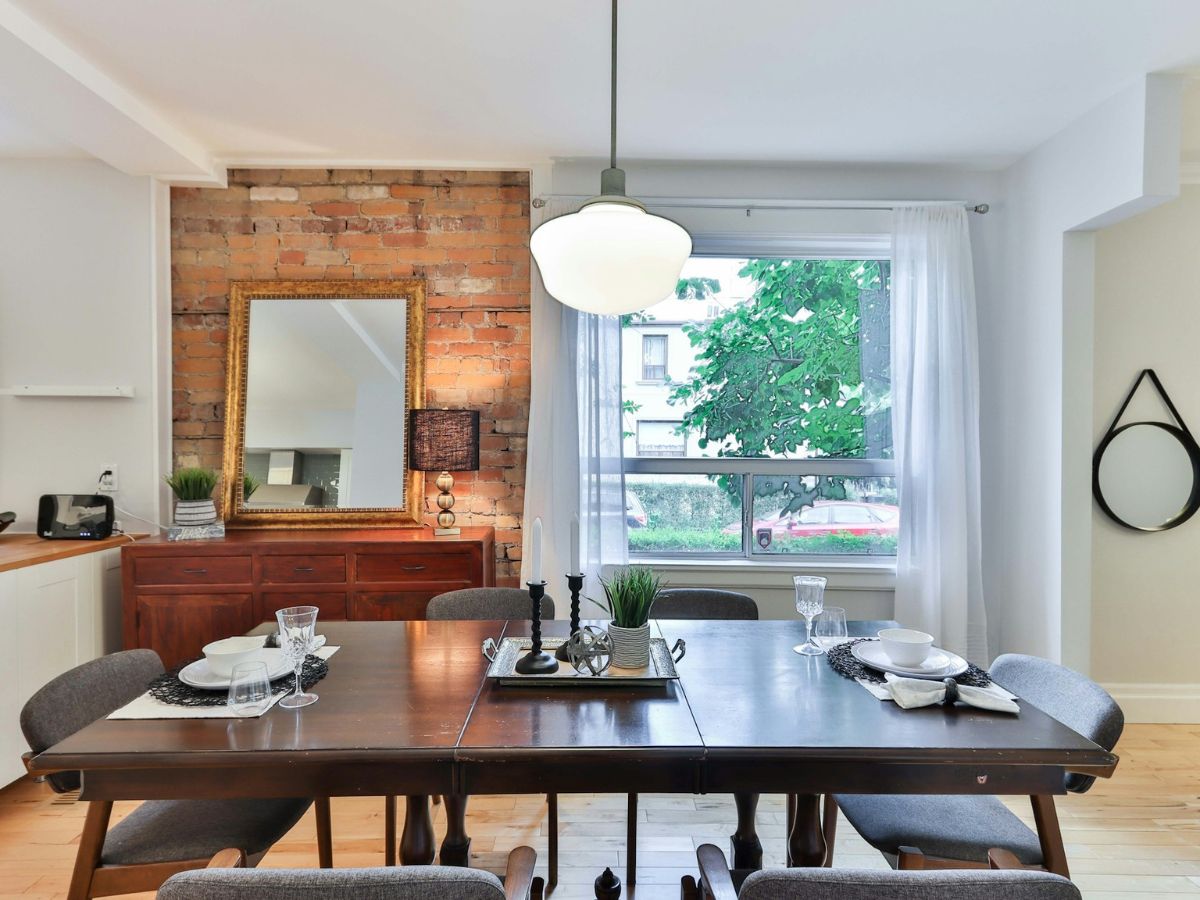
Mirrors in Dining Rooms: The Do’s and Don’ts You Should Know
Mirrors are a versatile and stylish addition to any dining room, capable of transforming the space by enhancing light, creating the illusion of space, and adding a touch of elegance. However, using mirrors effectively requires careful consideration. Here are the essential do’s and don’ts for incorporating mirrors into your dining room design.
Do’s
Reflect Light
One of the primary benefits of adding a mirror to your dining room is its ability to reflect light, brightening the space. Position a mirror opposite or adjacent to a window to maximize natural light reflection. In the evening, mirrors can also amplify the glow from chandeliers or wall sconces, creating a warm and inviting atmosphere.
Create Illusion of Space
Mirrors can make a small dining room appear larger and more open. By reflecting the room and its elements, mirrors create an optical illusion of depth and space. To achieve this effect, place a large mirror on one of the main walls. This technique works particularly well in narrow dining rooms, helping to broaden the perceived width.
Enhance Decor
Mirrors can highlight and enhance your dining room decor. Use them to reflect beautiful elements such as a stylish chandelier, artwork, or an elegantly set dining table. This not only draws attention to these features but also doubles their visual impact. For a touch of sophistication, choose a mirror with a decorative frame that complements your decor style.
Strategic Placement
When placing a mirror, consider what will be reflected. Position mirrors at eye level to ensure they capture appealing views and avoid reflecting unappealing elements like cluttered areas or blank walls. A well-placed mirror can serve as a focal point, adding depth and interest to the room.
Don’ts
Avoid Clutter Reflection
A mirror that reflects clutter can double the mess visually, detracting from the room’s aesthetic. Ensure mirrors are positioned to reflect clean, organized, and attractive areas of your dining room. Keep the space tidy to maintain the mirror’s positive impact.
Avoid Overuse
While mirrors can enhance a dining room, using too many can create a confusing and overwhelming look. Balance is key. A single large mirror or a thoughtfully arranged group of smaller mirrors can achieve the desired effect without overpowering the space.
Mismatch Styles
Mirrors should complement the existing decor style. A mirror with a rustic wooden frame might look out of place in a sleek, modern dining room, just as a minimalist frameless mirror might clash with traditional or ornate decor. Choose mirrors that harmonize with your room’s design elements for a cohesive look.
Poor Quality
Choose high-quality mirrors to avoid distortion and ensure a clear reflection. Cheap or poorly made mirrors can warp over time, creating an unflattering and distorted view. Investing in a quality mirror not only enhances the room’s appearance but also ensures durability and longevity.
Final Thoughts
Incorporating mirrors into your dining room design can significantly enhance the space by reflecting light, creating the illusion of more space, and highlighting decor elements. By following these do’s and don’ts, you can effectively use mirrors to elevate the aesthetic and functionality of your dining room. Thoughtful placement, style coordination, and quality selection are key to making mirrors a beautiful and practical addition to your home.

